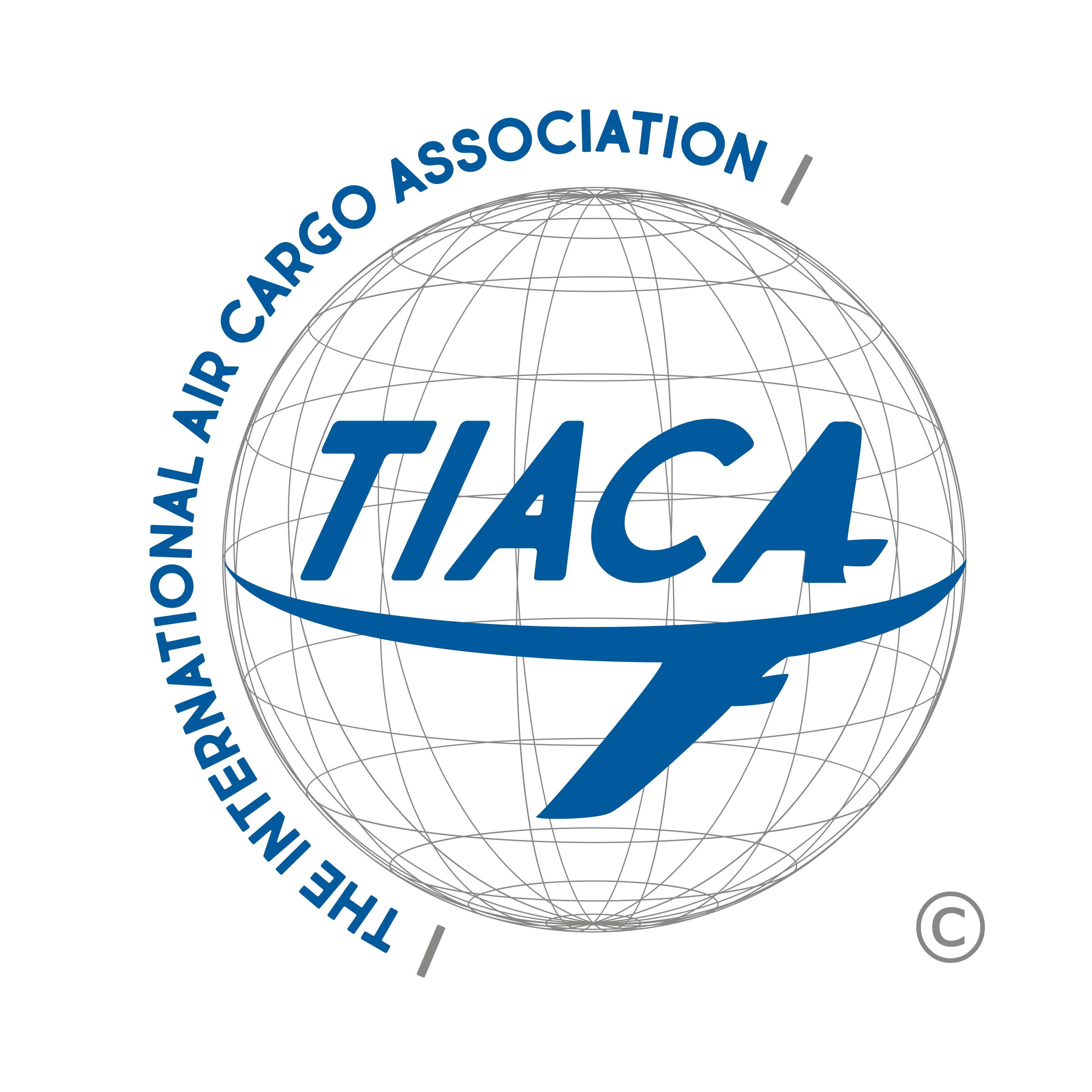The Role of the Freighter
According to current, June 2022, industry forecasts, international passenger volumes and network connectivity are unlikely to return to pre-covid levels until at least 2024, possibly even 2025. Meanwhile Cargo volumes have already eclipsed the pre-covid 2019 volumes.
This indicates that the challenging situation regarding available air cargo capacity will remain for some time.
Consequently, the role of the freighter will remain critical for addressing air cargo demand.
Yet, with existing freighters operating at continued high levels of utilization, all available retired freighters having been brought back into service, conversion lines filling up, passenger aircraft deployed for cargo only operations being called back for passenger services where will the industry find the additional capacity required?
We also need to factor in the continued closure of Russian sanctions and airspace which resulted in the international grounding of Russian registered freighter operators and the addition of considerable flight times or intermediary stopping points for Europe Asia trade lanes resulting in further capacity challenges.
It is also projected that in the upcoming 5 years a number of the existing freighters deployed in global fleets will come up for potential retirement. New freighter aircraft orders and conversion commitments have been very buoyant but many of these are for deliveries from 2026 and beyond.
Supportive regulations for efficient global flexible freighter operations coupled with enhanced and early customer capacity demand planning will be critical to ensure air cargo can continue to meet growing demand for services.
